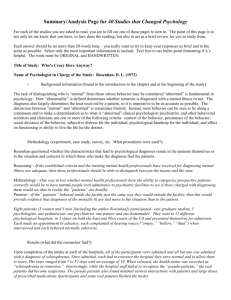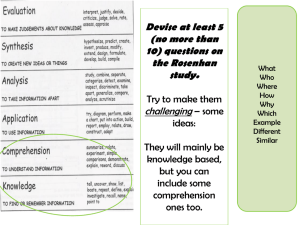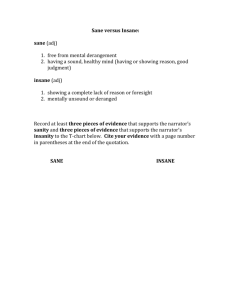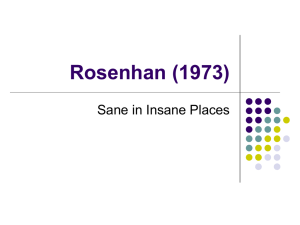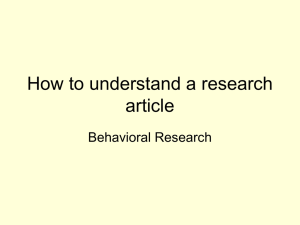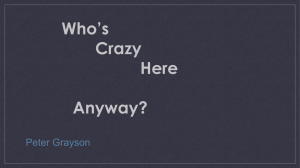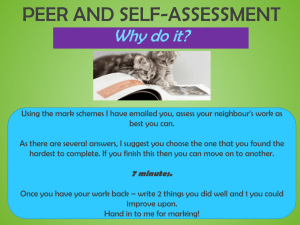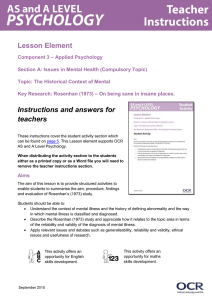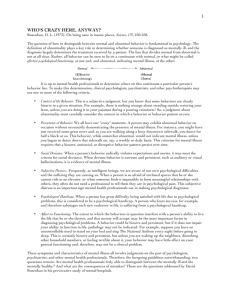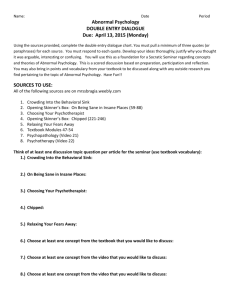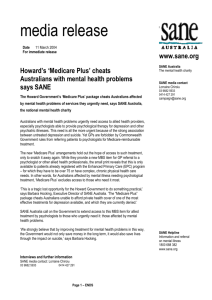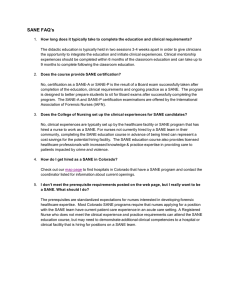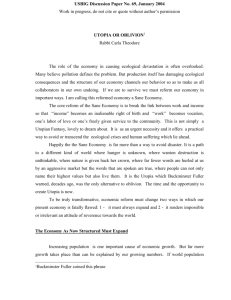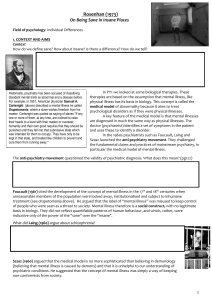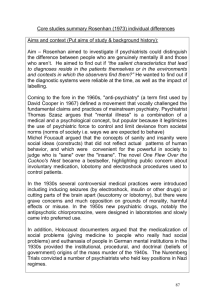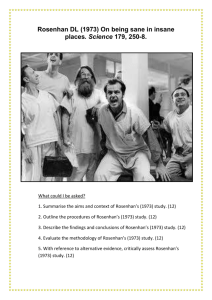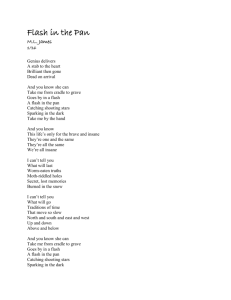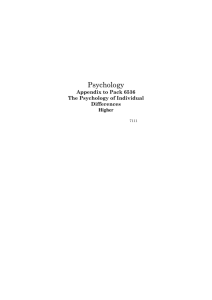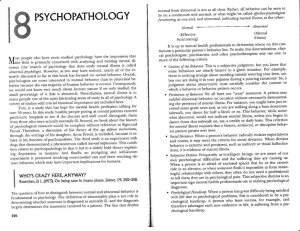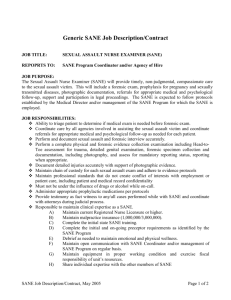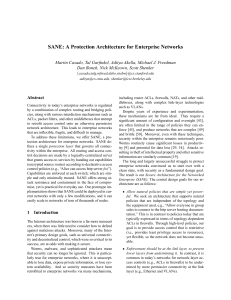Empirical Studies work sheet
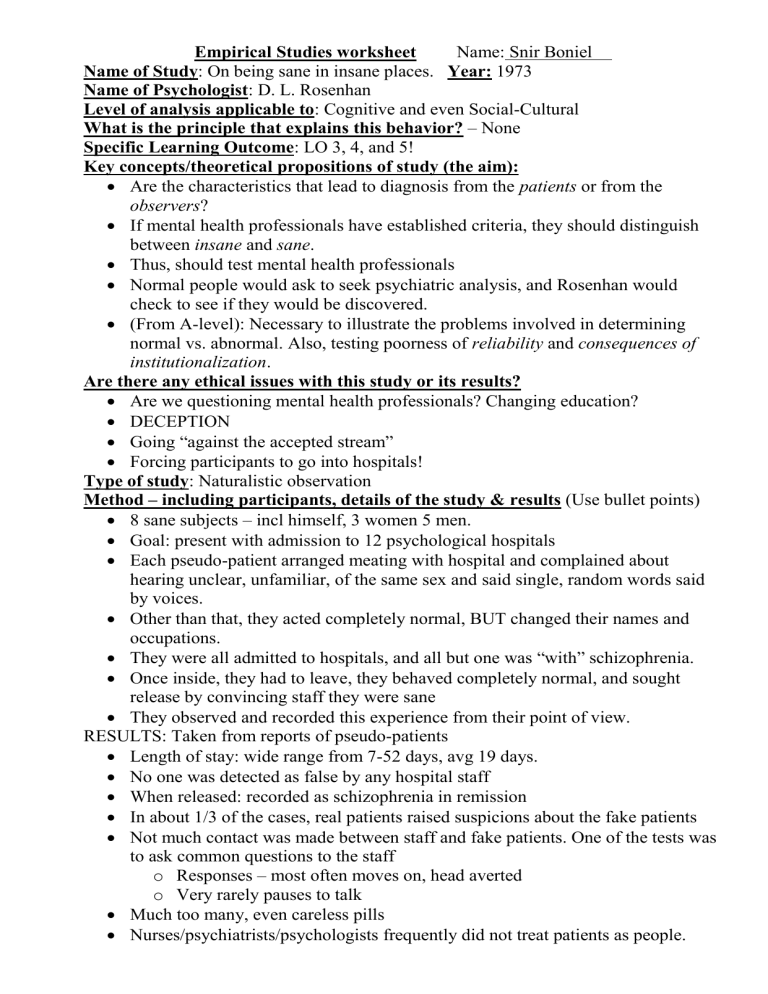
Empirical Studies worksheet Name: Snir Boniel
Name of Study : On being sane in insane places. Year: 1973
Name of Psychologist : D. L. Rosenhan
Level of analysis applicable to : Cognitive and even Social-Cultural
What is the principle that explains this behavior?
– None
Specific Learning Outcome : LO 3, 4, and 5!
Key concepts/theoretical propositions of study (the aim):
Are the characteristics that lead to diagnosis from the patients or from the observers ?
If mental health professionals have established criteria, they should distinguish between insane and sane .
Thus, should test mental health professionals
Normal people would ask to seek psychiatric analysis, and Rosenhan would check to see if they would be discovered.
(From A-level): Necessary to illustrate the problems involved in determining normal vs. abnormal. Also, testing poorness of reliability and consequences of institutionalization .
Are there any ethical issues with this study or its results?
Are we questioning mental health professionals? Changing education?
DECEPTION
Going “against the accepted stream”
Forcing participants to go into hospitals!
Type of study : Naturalistic observation
Method – including participants, details of the study & results (Use bullet points)
8 sane subjects – incl himself, 3 women 5 men.
Goal: present with admission to 12 psychological hospitals
Each pseudo-patient arranged meating with hospital and complained about hearing unclear, unfamiliar, of the same sex and said single, random words said by voices.
Other than that, they acted completely normal, BUT changed their names and occupations.
They were all admitted to hospitals, and all but one was “with” schizophrenia.
Once inside, they had to leave, they behaved completely normal, and sought release by convincing staff they were sane
They observed and recorded this experience from their point of view.
RESULTS: Taken from reports of pseudo-patients
Length of stay: wide range from 7-52 days, avg 19 days.
No one was detected as false by any hospital staff
When released: recorded as schizophrenia in remission
In about 1/3 of the cases, real patients raised suspicions about the fake patients
Not much contact was made between staff and fake patients. One of the tests was to ask common questions to the staff o Responses – most often moves on, head averted o Very rarely pauses to talk
Much too many, even careless pills
Nurses/psychiatrists/psychologists frequently did not treat patients as people.
Significance of findings – applications – criticisms (Cite specific studies)
Rosenhan supports that normal people cannot be distinguished from the mentally ill in a hospital setting .
Basically, if you get a “label” as schizophrenic , you are stuck with that label forever.
Rosenhan’s study largely revolutionized the mental health profession. There was no distinguishing between sane and insane.
Criticism: The hospitals criticized the study in that such diagnosis mistakes could not have been made by their hospital. To test this, Rosenhan told the hospital that during the next 3 months he will send one or more pseudo-patients into the hospital. Over this time period, out of nearly 200 admitted, nearly 40 were considered pseudo-patients. In reality, Rosenhan sent none, thus supporting his point again!
In summary: Thomas Szasz says that mental illnesses are not diseases and cannot be properly understood as such, they are just problems in living , and thus the “crazy talk” experienced by some with “mental illnesses” is not a valid reason for labeling a person as insane, it’s just a miscomprehension between two people.
